From Snapchat dysmorphia to looksmaxing, have digital beauty standards made us lose sight of what's real, asks a new exhibition
AI, social media and the ease with which we can tweak our face mean we're heading towards a dystopian beauty future, argues 'Virtual Beauty' at Somerset House
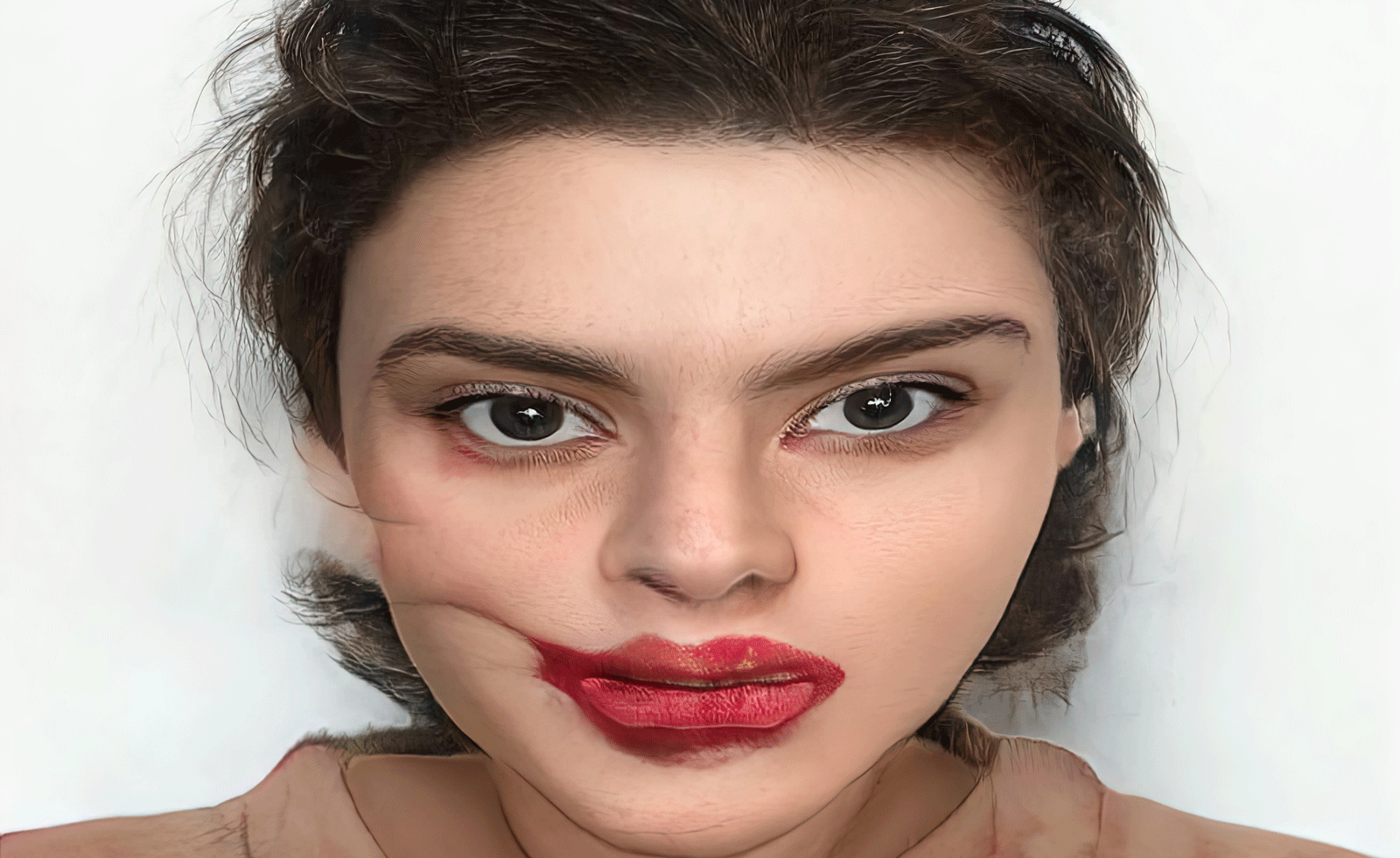
There’s a saying circulating on the internet that we’re never meant to see our faces as much as we do now. Our ancestors from days of old saw their blurry reflections in water. Later came the invention of the mirror, then the camera, and now there’s social media, exposing us to countless faces every day. Some are edited and distorted, pushed by algorithms telling us what’s trending and should be considered beautiful. You might have come across terms like looksmaxing or Instagram face – a specific aesthetic with full lips, cat-like eyes, high cheekbones, long lashes, and a small nose. Often racially ambiguous, borrowing beauty aspects from various ethnicities, it has a cyborgian essence, a homogenised look that can be achieved through makeup, aesthetic procedures, or good photo editing tools.
It is a distorted view which can be traced back to endless exposure to selfies, leading to a kind of Snapchat dysmorphia – a social media phenomenon fuelled by unrealistic beauty standards. We're hyper-aware in how we present ourselves.
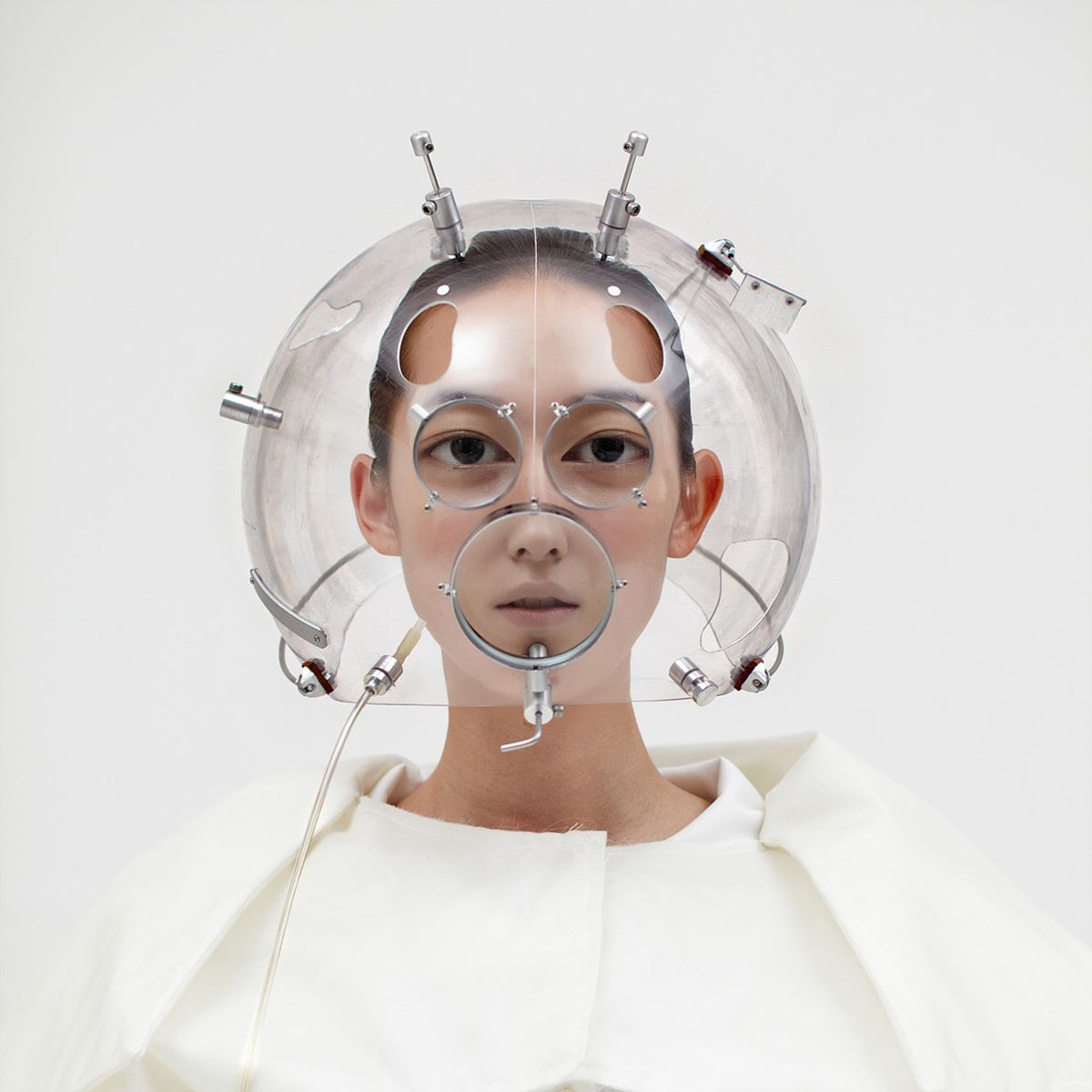
Hyungkoo Lee. Altering Facial Features with WH5 (2010).
These complex changes to beauty in the digital world are explored in Virtual Beauty, a new exhibition at Somerset House featuring the work of over 20 international artists working across photography, video, installations, and sculpture. They explore our new online reality, questioning who holds the power in defining beauty when social media filters, AI, dating apps, and biometrics are reshaping our understanding of identity, race, gender, and sexuality. The works delve into dystopian themes, nostalgia, and the surreal, shifting between past, present, and future.
'Virtual Beauty is trying to bring more questions than giving answers. We talk a lot about self-representation, thinking about the key factors that define beauty today. Not only how different technologies play a role, but also how social media and popular culture influence us on both psychological and physical levels,' says Gonzalo Herrero Delicado, who co-curated the exhibition with Mathilde Friis and Bunny Kinney.
Part of Somerset House’s 25th birthday program, the show addresses urgent issues from a unique perspective. 'If we started curating Virtual Beauty today, the results a year from now would look different because everything is constantly changing, especially with technology and how many artists are using new tools to express themselves and create work,' Kinney says.
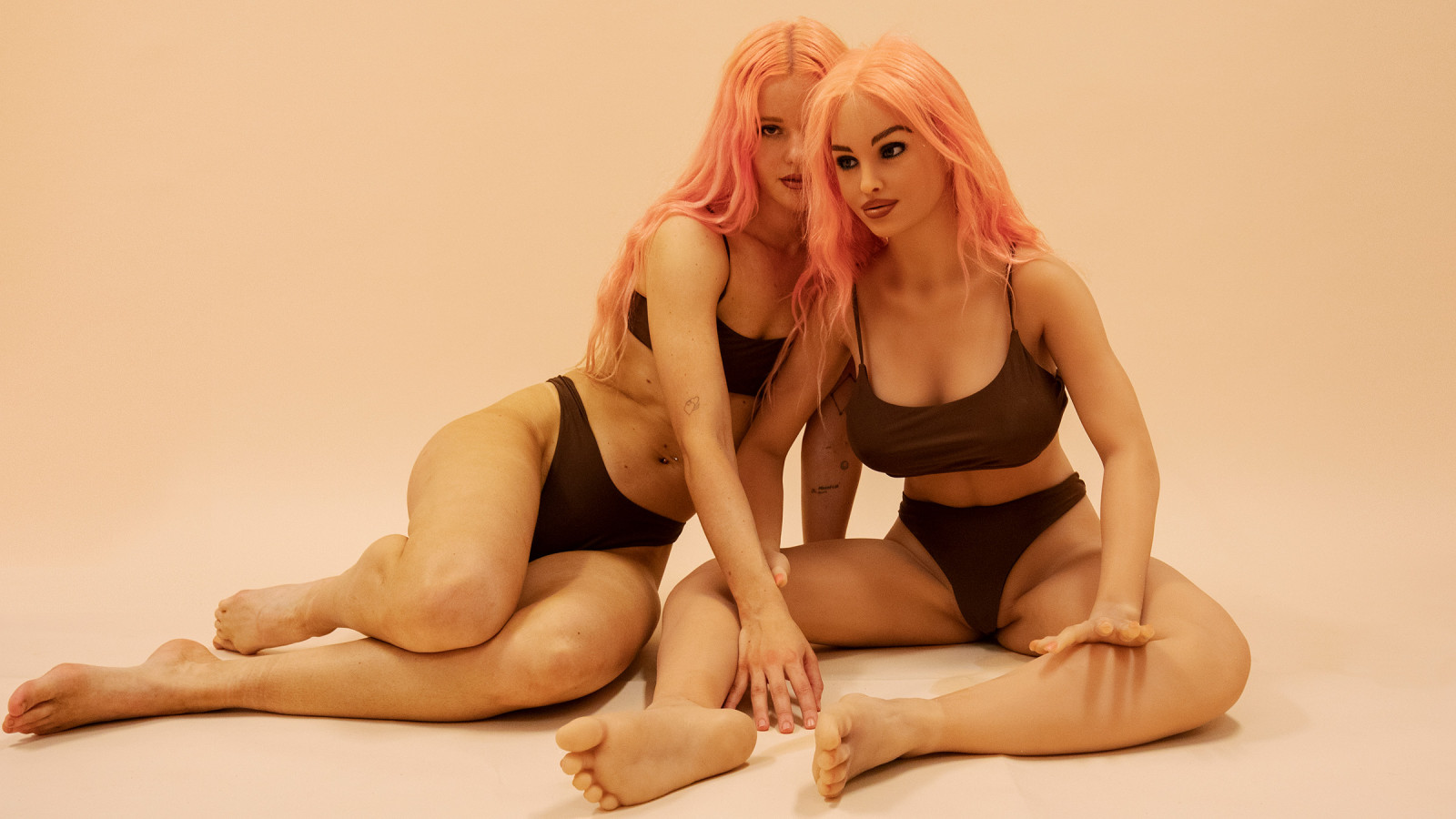
Arvida Byström - Harmony (2022)
The new generation coming of age has grown up in a world where curating virtual identities is a constant part of daily life. 'We’re noticing that young people on Instagram and TikTok are using these digital tools in new ways and redefining what beauty looks like. It doesn’t resemble the traditional idea of beauty. It’s a more radical, weird, and fantastical version, breaking away from the industry-driven standards set by a bunch of white men in suits sitting in the boardroom deciding trends,' Kinney adds.
The exhibition is divided into three sections. The first covers the last 20 years and traces the early stages of digital self-representation – on display in a glass case is a relic of modern times: a silver Samsung flip phone from 2003. It’s one of the first mobile phones with a built-in camera, paving the way for front-facing selfies. The selfie’s power is now undeniable, as Kim Kardashian can attest, having capitalised on her selfies in her 2015 book Selfish. Like other members of her family, the Kardashians have influenced contemporary beauty standards and aesthetic trends despite their scandals.
Receive our daily digest of inspiration, escapism and design stories from around the world direct to your inbox.
In the same room are works by ORLAN titled Omniprésence (1992). Four photographs and a video of an operatic nature document her seventh medial performance, broadcast publicly in galleries and museums, asking viewers for feedback. The plastic surgery was intended to challenge Western beauty ideals and raise questions about social taboos and unreachable aesthetic standards. It reveals a grim reality of cosmetic procedures, foreshadowing how plastic surgeons now post before-and-after images or videos of surgeries to millions on social media, even creating memes like Dr. Miami.
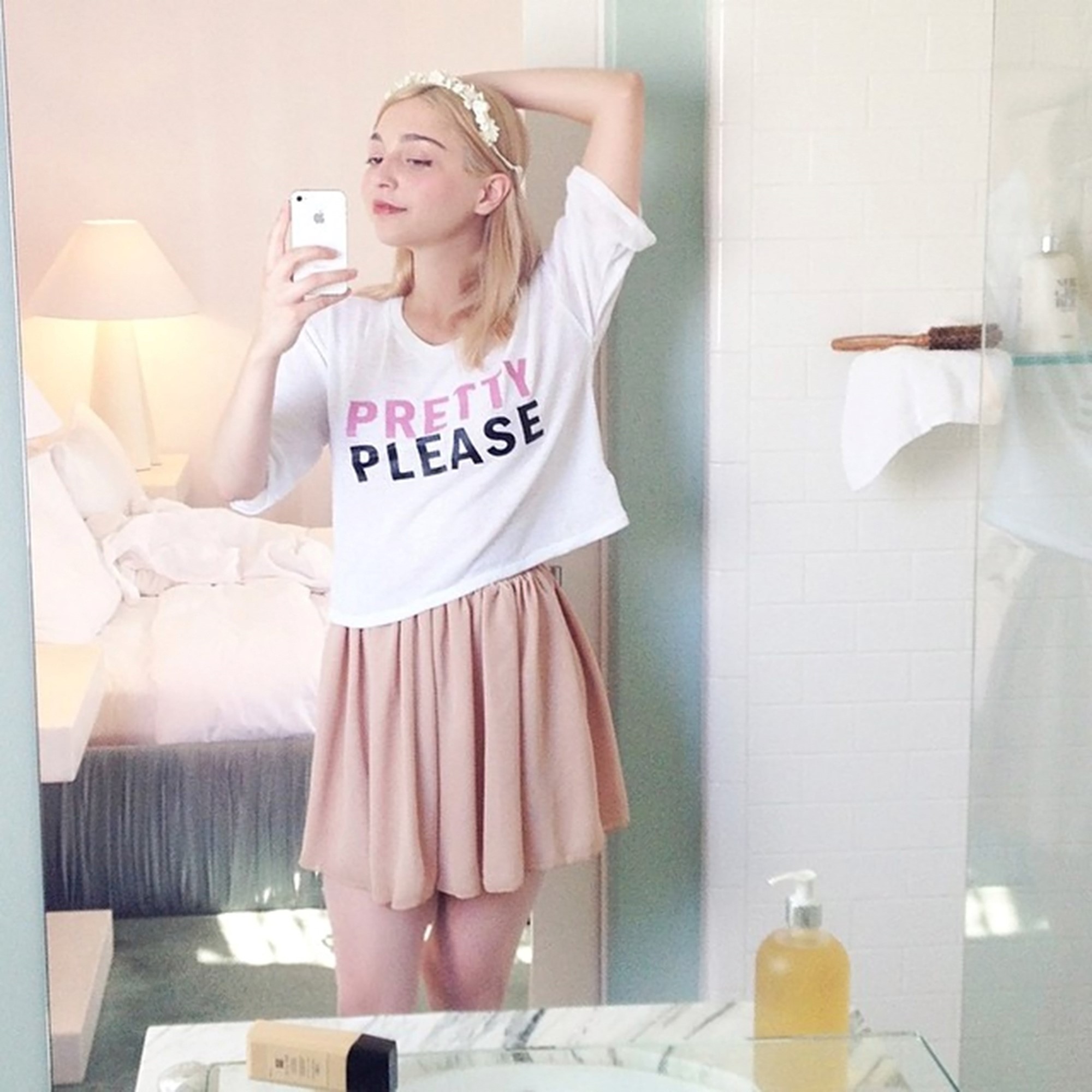
Amalia Ulman. Excellences & Perfections (Instagram Update, 1st June 2014) (2015). Courtesy of the artist and Deborah Schamoni.
Qualeasha Wood’s large and striking embroidered tapestry, It’s All For U (If U Rlly Want It) (2024), blends traditional textile techniques with digital aesthetics. It questions how the identity of the Black femme body is portrayed in digital spaces, often misrepresented or erased. Challenging the commodification of the body, she includes a webcam selfie of herself to highlight the tumultuous relationship between self-expression and social media's extensive influence.
Elsewhere, AI is considered, as a tool to enhance, alter and refashion the body. Works in the collection explore how such technologies have gone mainstream, including what can be considered harmless in AI photo editing apps. One work that’s impossible to miss is Arvida Byström’s installation A Daughter Without a Mother (2022), featuring a female sex doll lying on the floor. The artist equipped the discarded doll with AI speech-generation software, modifying it to operate outside domestic and sexual contexts. While analysing how AI can reinforce the sexualisation and objectification of the female body, Byström encourages viewers to reflect on the complexities of identity and intimacy linked to human-shaped mechanisms.
The three-channel film Past Life (2021), created by Ben Cullen Williams in collaboration with visionary makeup artist Isamaya Ffrench, was made as a result of a public open call. Participants posed in certain ways and applied makeup from specific instructions, after which their images entered a Generative Adversarial Network (GAN). The AI generated a series of films featuring distorted, altered faces, pushing beyond traditional beauty standards into a new, unsettling aesthetic of the human form.
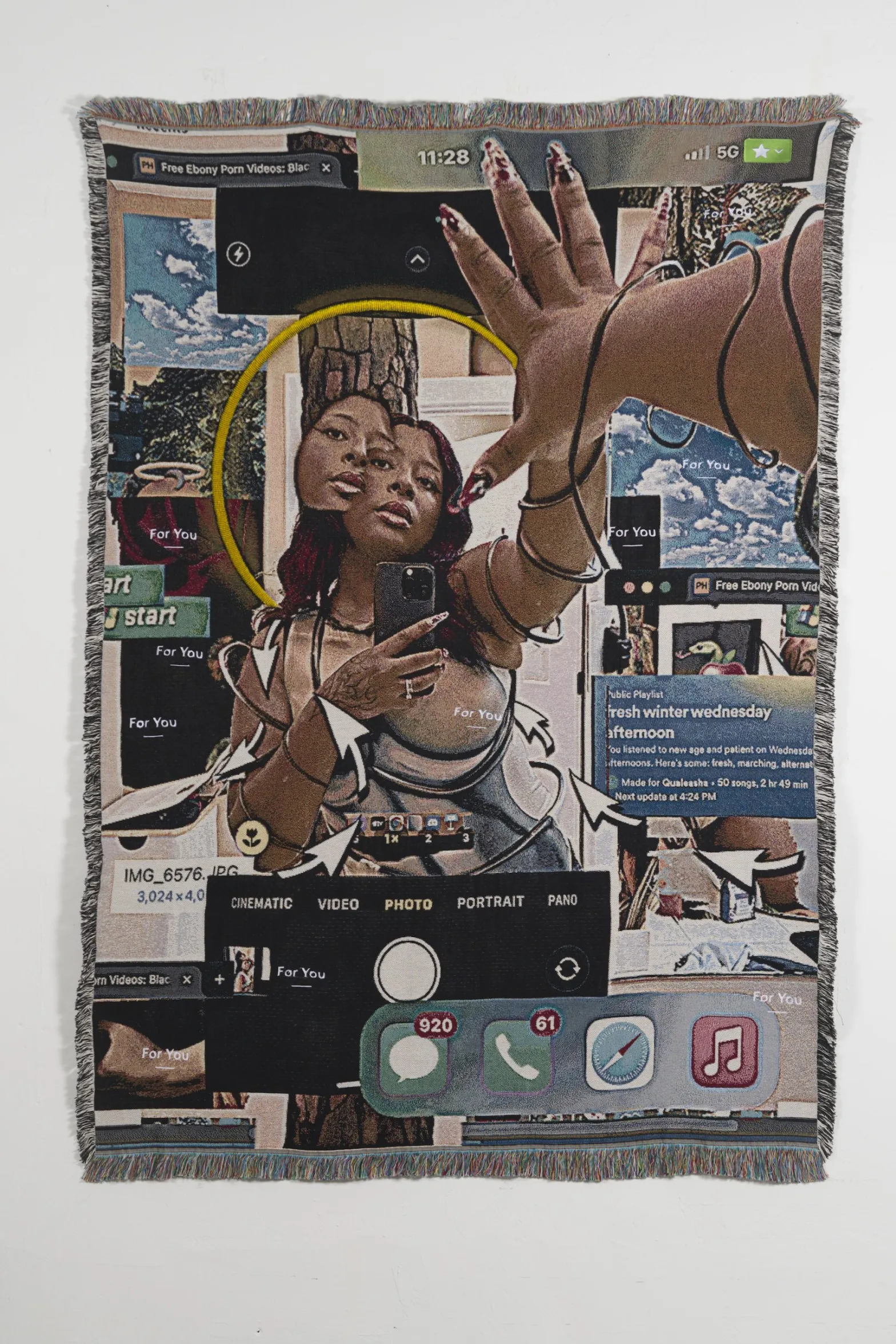
Qualeasha Wood. It’s All For U (If U Rlly Want It) (2024). Courtesy of the artist and Pippy Houldsworth Gallery, London
What might beauty and desire might look like in a technologised future? With the rise of portable devices, gaming, streaming environments, and social media platforms, one space in the exhibition acts as a microcosm of a future digital world. More people are developing alternate personas through 3D-scanned digital bodies and modeled avatars in virtual spaces, and these advancements are transforming perceptions of beauty and identity. 'The exhibition completes a circuit between the virtual and the real world. It's an exploration about how digital culture and technology affect us in everyday life,' says Dr. Cliff Lauson, Director of Exhibitions at Somerset House.
Both profound and thought-provoking, Virtual Beauty leaves one wondering if in the the relentless pursuit of beauty, we are more vulnerable online than ever before.
Virtual Beauty is at Somerset House until 28 September
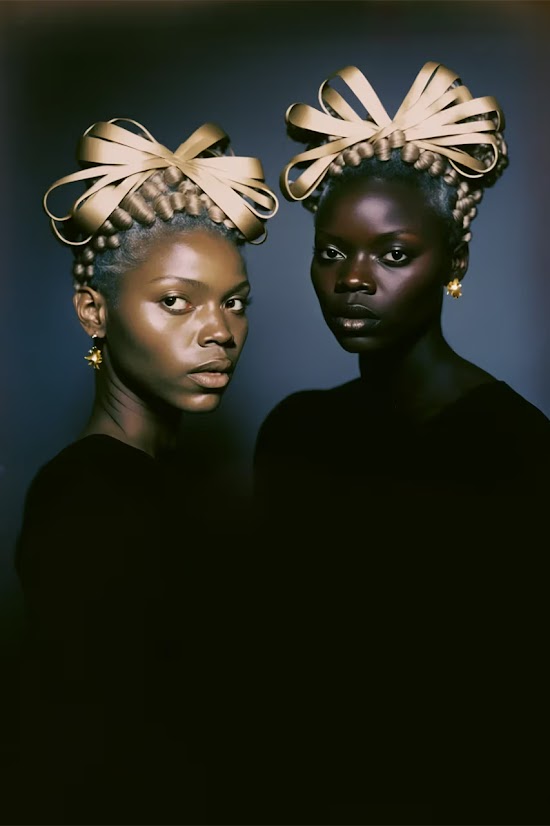
Minne Atairu. Blonde Braids Study II (2023)
-
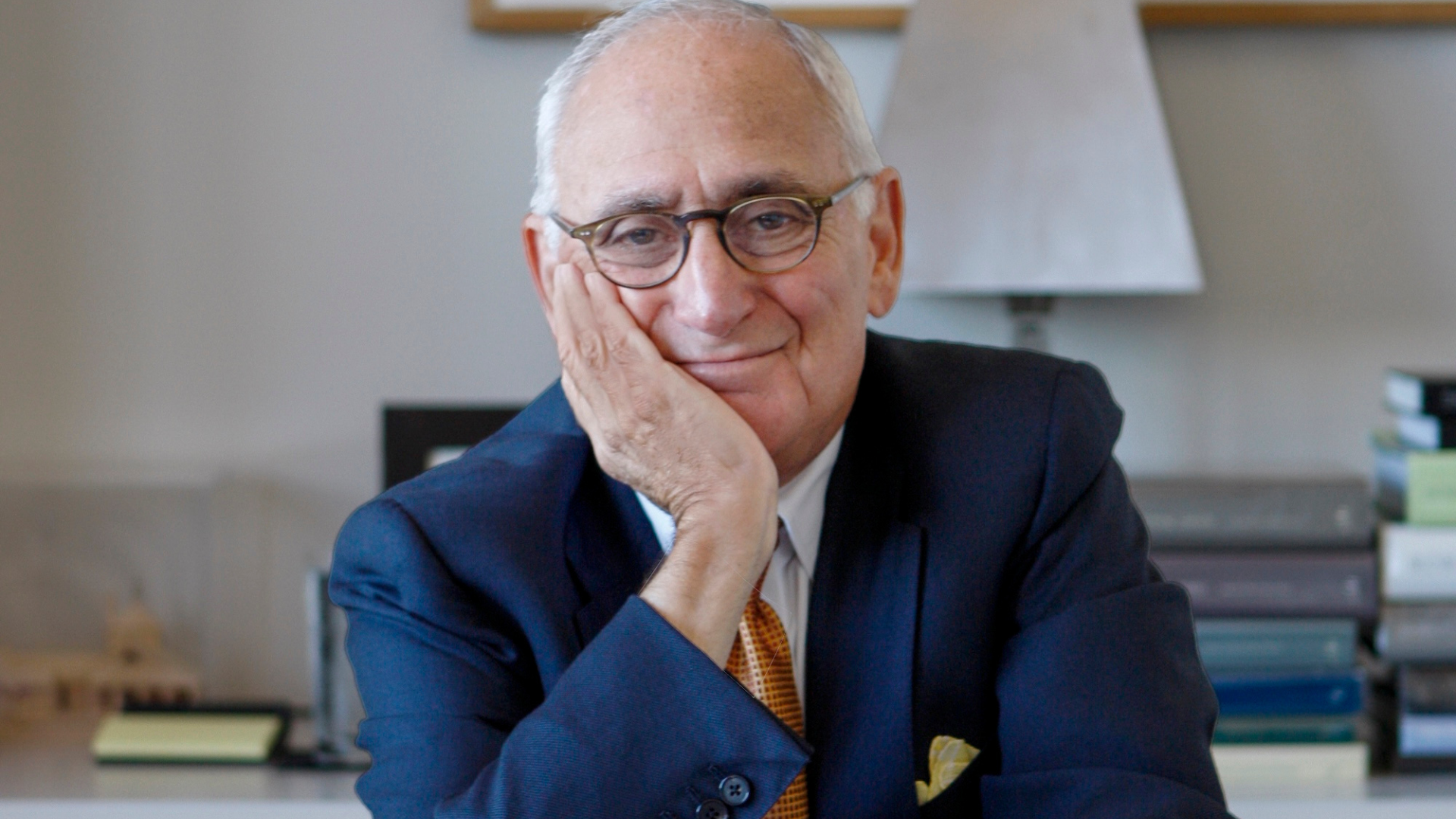 Remembering Robert A.M. Stern, an architect who discovered possibility in the past
Remembering Robert A.M. Stern, an architect who discovered possibility in the pastIt's easy to dismiss the late architect as a traditionalist. But Stern was, in fact, a design rebel whose buildings were as distinctly grand and buttoned-up as his chalk-striped suits
-
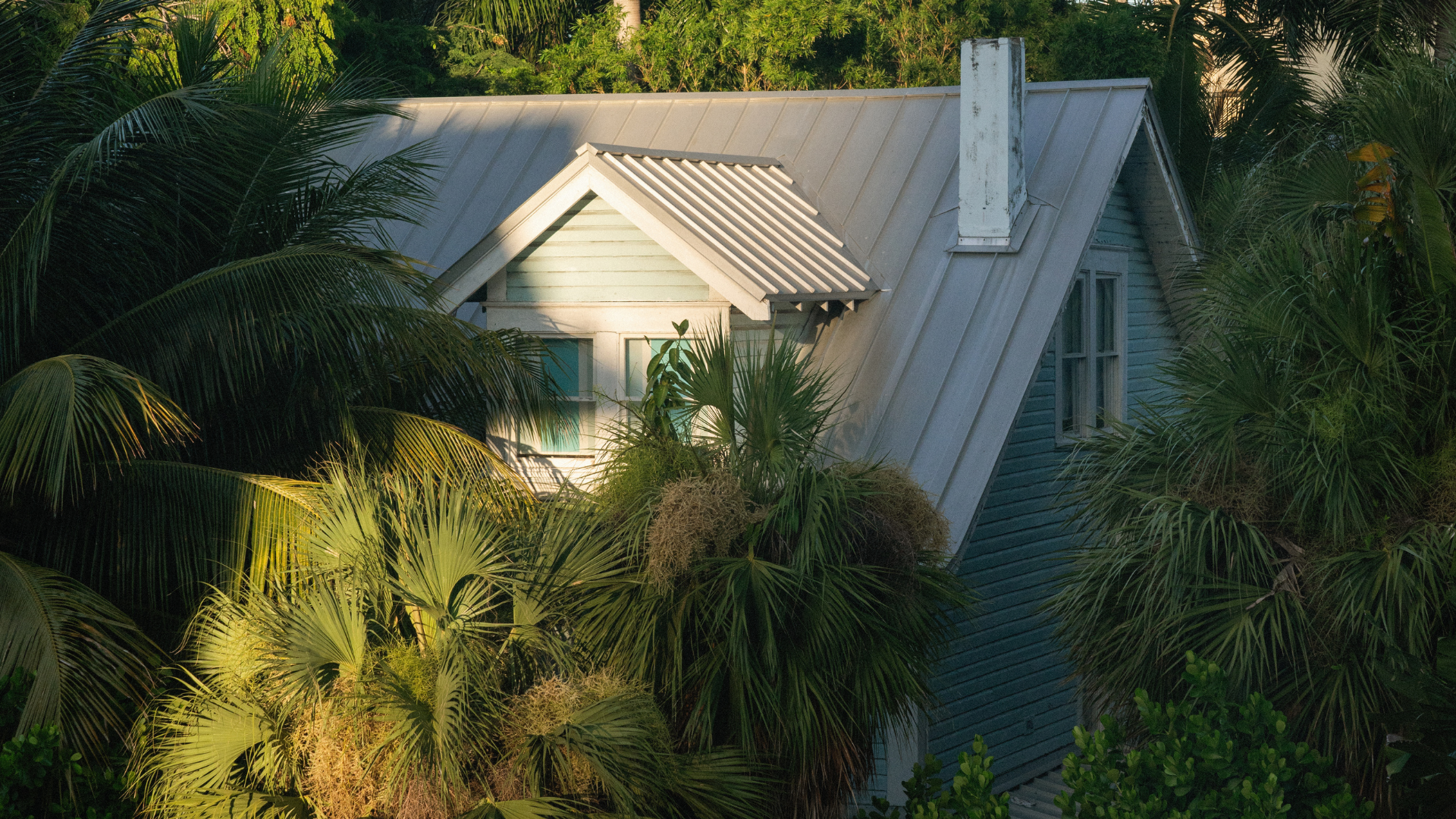 Didn't make it to Alcova Miami this year? These are our 10 favourite things
Didn't make it to Alcova Miami this year? These are our 10 favourite thingsAt the third US edition of the exhibition, designers reinterpreted ancient traditions, artfully refracted light and encouraged sexual exploration
-
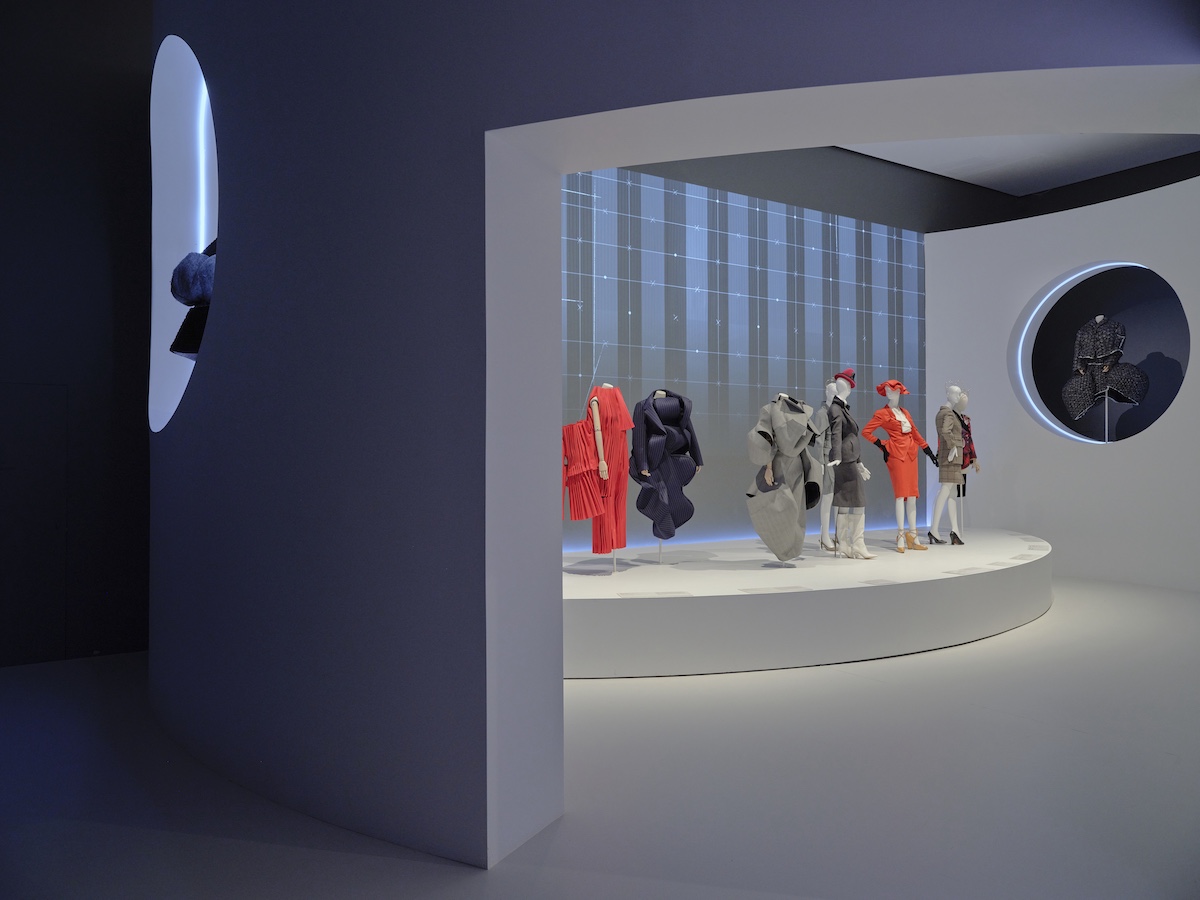 Inside the Melbourne exhibition which puts fashion renegades Rei Kawakubo and Vivienne Westwood in conversation
Inside the Melbourne exhibition which puts fashion renegades Rei Kawakubo and Vivienne Westwood in conversation‘Westwood Kawakubo’ at the National Gallery of Victoria (NGV) in Melbourne draws on the designers’ shared ‘spirit of rebellion’, curators Katie Somerville and Danielle Whitfield tell Wallpaper*
-
 Out of office: The Wallpaper* editors’ picks of the week
Out of office: The Wallpaper* editors’ picks of the weekIt’s wet, windy and wintry and, this week, the Wallpaper* team craved moments of escape. We found it in memories of the Mediterranean, flavours of Mexico, and immersions in the worlds of music and art
-
 Each mundane object tells a story at Pace’s tribute to the everyday
Each mundane object tells a story at Pace’s tribute to the everydayIn a group exhibition, ‘Monument to the Unimportant’, artists give the seemingly insignificant – from discarded clothes to weeds in cracks – a longer look
-
 Out of office: The Wallpaper* editors’ picks of the week
Out of office: The Wallpaper* editors’ picks of the weekThis week, the Wallpaper* team had its finger on the pulse of architecture, interiors and fashion – while also scooping the latest on the Radiohead reunion and London’s buzziest pizza
-
 Out of office: The Wallpaper* editors’ picks of the week
Out of office: The Wallpaper* editors’ picks of the weekIt’s been a week of escapism: daydreams of Ghana sparked by lively local projects, glimpses of Tokyo on nostalgic film rolls, and a charming foray into the heart of Christmas as the festive season kicks off in earnest
-
 Wes Anderson at the Design Museum celebrates an obsessive attention to detail
Wes Anderson at the Design Museum celebrates an obsessive attention to detail‘Wes Anderson: The Archives’ pays tribute to the American film director’s career – expect props and puppets aplenty in this comprehensive London retrospective
-
 Meet Eva Helene Pade, the emerging artist redefining figurative painting
Meet Eva Helene Pade, the emerging artist redefining figurative paintingPade’s dreamlike figures in a crowd are currently on show at Thaddaeus Ropac London; she tells us about her need ‘to capture movements especially’
-
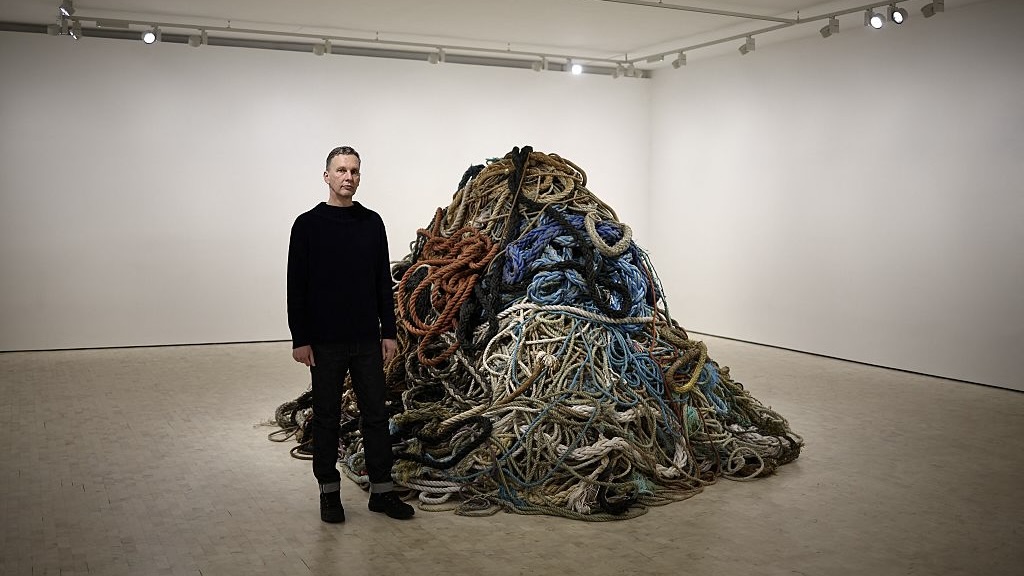 David Shrigley is quite literally asking for money for old rope (£1 million, to be precise)
David Shrigley is quite literally asking for money for old rope (£1 million, to be precise)The Turner Prize-nominated artist has filled a London gallery with ten tonnes of discarded rope, priced at £1 million, slyly questioning the arbitrariness of artistic value
-
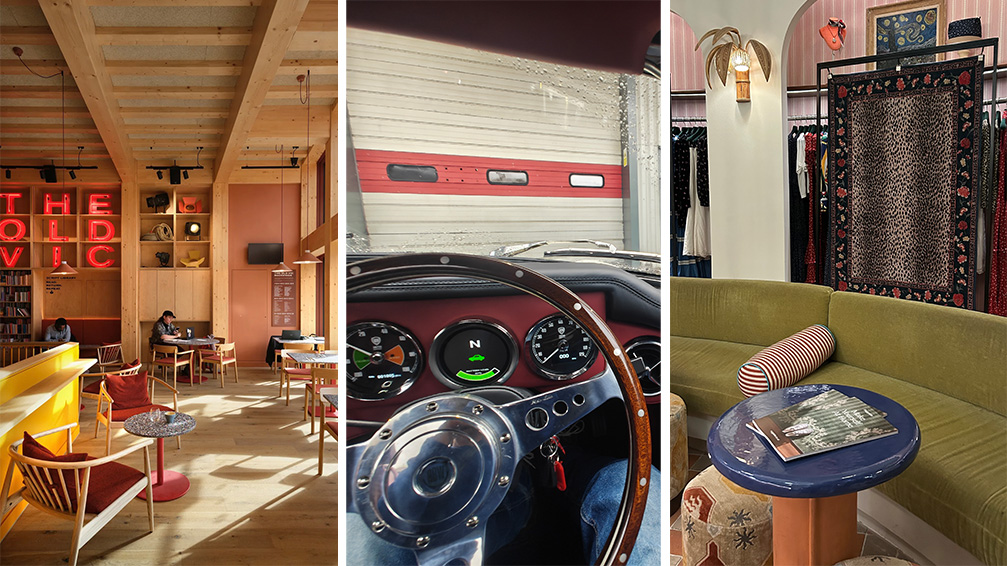 Out of office: The Wallpaper* editors’ picks of the week
Out of office: The Wallpaper* editors’ picks of the weekThe rain is falling, the nights are closing in, and it’s still a bit too early to get excited for Christmas, but this week, the Wallpaper* team brought warmth to the gloom with cosy interiors, good books, and a Hebridean dram